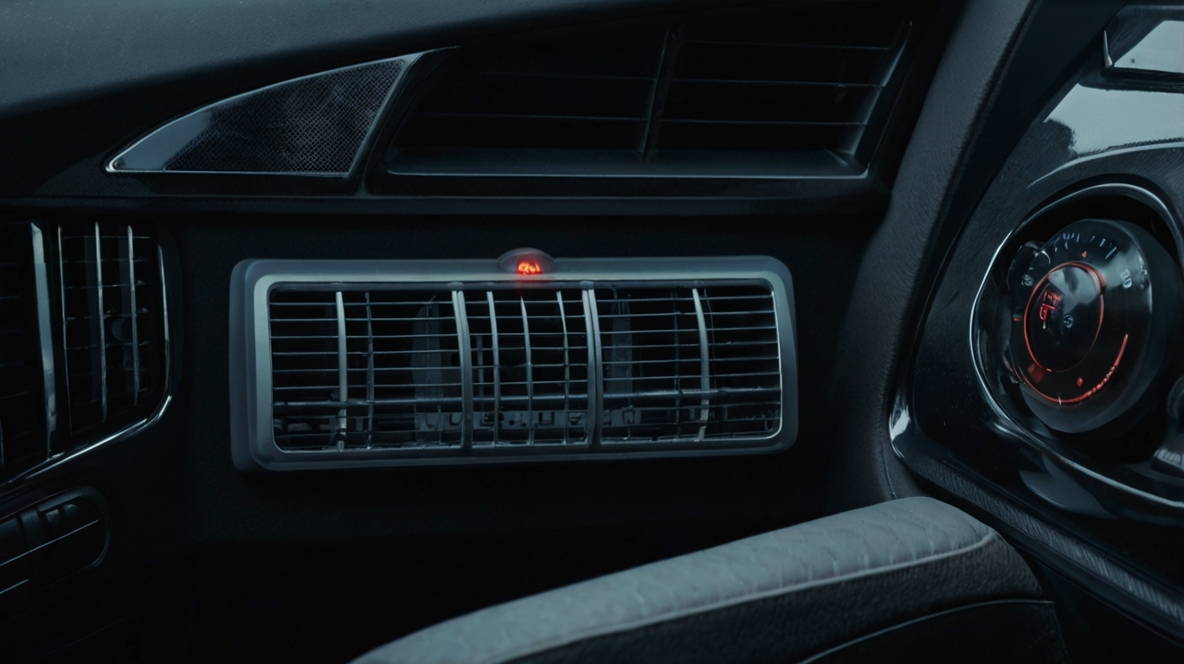
The HVAC (Heating, Ventilation, and Air Conditioning) system in the Chevrolet Silverado is vital for comfort in all weather conditions. If it’s not functioning correctly, understanding common symptoms and possible solutions can save you time and money.
Step 1: Recognizing the Symptoms
The first step in diagnosing HVAC issues is understanding the symptoms and what they indicate. Here are common issues Silverado owners might face:
- No Airflow from Vents: Could be a blower motor or fuse problem.
- Weak or Reduced Airflow: Often points to a clogged cabin air filter or blocked vent lines.
- No Heat or Cold Air: Might indicate a faulty thermostat, low refrigerant levels, or blend door issues.
- Unusual Noises: Grinding, hissing, or rattling sounds may be from a failing blower motor or a damaged compressor.
Step 2: Diagnosing Common Silverado HVAC Issues
No Air or Weak Airflow
- Blower Motor Inspection: Silverado forums frequently mention that a faulty blower motor resistor can cause weak airflow or prevent air from blowing entirely.Solution: Check the resistor and replace it if it shows signs of wear.
- Solution: Check the resistor and replace it if it shows signs of wear.
- Fuse Check: A blown fuse may prevent power from reaching the blower motor. Consult the manual for the exact fuse location, typically found in the under-hood fuse box.Solution: Replace the blown fuse with one of the same amperage.
- Solution: Replace the blown fuse with one of the same amperage.
No Temperature Control (No Heat or Cold Air)
- Thermostat Check: If the Silverado isn’t blowing hot air, the thermostat might be stuck open or closed.Solution: Replace the thermostat if it’s not functioning correctly.
- Solution: Replace the thermostat if it’s not functioning correctly.
- Refrigerant Levels: If you’re not getting cold air, the system could be low on refrigerant.Solution: Recharge the system with the correct refrigerant type (usually R-134a) or consult a technician if there’s a leak.
- Solution: Recharge the system with the correct refrigerant type (usually R-134a) or consult a technician if there’s a leak.
Strange Noises
- Blower Motor: Squeaking or rattling noises often mean the blower motor is failing or debris is caught in the fan.Solution: Check for debris and clean the fan; if necessary, replace the blower motor.
- Solution: Check for debris and clean the fan; if necessary, replace the blower motor.
- AC Compressor: A hissing or whirring noise might be a compressor issue.Solution: Inspect for leaks or damage; compressor replacement may be necessary for severe cases.
- Solution: Inspect for leaks or damage; compressor replacement may be necessary for severe cases.
Step 3: DIY Repairs and Parts
Many Silverado owners choose to DIY these repairs. Here are essential tools and parts to have:
- HVAC Gauges: To measure refrigerant pressure levels.
- Recharge Kit: For low refrigerant levels.
- Socket Set: For removing parts like the blower motor or thermostat.
- Replacement Parts: Including blower motor resistors, cabin air filters, fuses, and refrigerant.
Costs
- Blower Motor Resistor: $25–$50
- Thermostat: $20–$40
- Refrigerant Recharge: $30–$100 (DIY)
- Blower Motor Replacement: $100–$300 (depending on labor costs)
Step 4: Step-by-Step Troubleshooting Guide
- Start with the Fuse: Replace any blown fuses. Silverado’s HVAC fuse is usually under the hood in the fuse box.
- Check the Blower Motor Resistor: Remove the glove box to access it; if burnt or damaged, replace it.
- Inspect Refrigerant Levels: Using gauges, check for pressure and recharge if low.
- Clean or Replace the Cabin Air Filter: This is behind the glove box and often clogs with dirt, reducing airflow.
- Check the Compressor: Listen for noises and inspect for leaks. A failing compressor often requires professional replacement.
Advanced Troubleshooting and Expert Tips
Blend Door Actuator IssuesThe blend door controls air temperature by directing it over the heater core or evaporator. Common on Silverado forums, a faulty blend door actuator leads to inconsistent temperatures.
- Solution: Replace the actuator by removing the dashboard; consult a repair manual for detailed steps.
Pressure Sensor or Relay FailuresPressure sensors ensure the refrigerant pressure stays optimal. If faulty, they may stop the compressor from running.
- Solution: Diagnose with an OBD-II scanner, then replace the faulty sensor.
Frequently Asked Questions (FAQ)
Q: Why is my Silverado’s AC blowing warm air?A: It could be low refrigerant, a failing compressor, or blend door issues.
Q: How often should I replace the cabin air filter?A: Typically every 15,000 miles, or as recommended in your Silverado manual.
Q: Is it safe to recharge the AC myself?A: Yes, with proper instructions and tools. However, ensure you’re using the correct refrigerant type and pressure levels.

